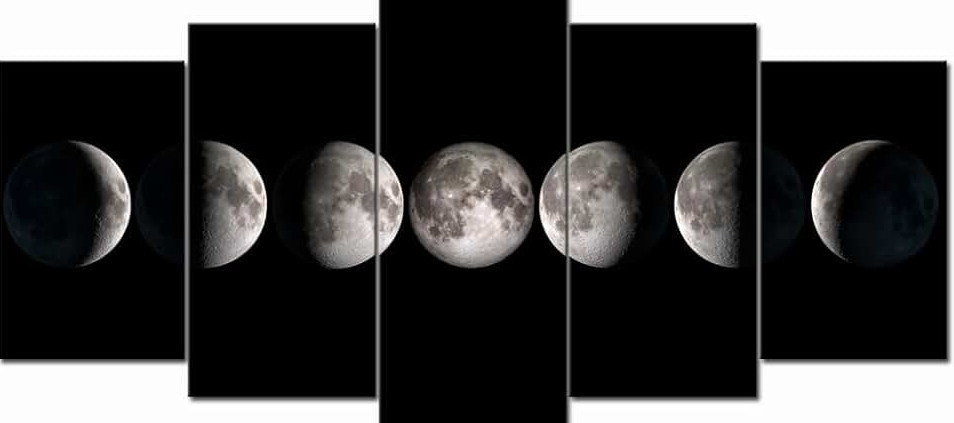Echoes of a Giant Leap: Legacy of the Moon Landing
Introduction
On a quiet July night in 1969, the world stood still. Billions watched as a lone astronaut descended a ladder and placed his foot on an alien surface. With a single step, humanity crossed the boundary between Earth and space, turning science fiction into fact. Neil Armstrong’s words “That’s one small step for man, one giant leap for mankind” weren’t just a commentary on the event. They became a metaphor for human ambition, resilience, and our eternal drive to reach beyond the known.
The moon landing was more than a technological milestone. It was a cultural, spiritual, and emotional moment shared by the entire planet. It didn’t just change how we view space, it changed how we view ourselves.
The Moment That Changed Everything
The Apollo 11 mission culminated in the first humans walking on the Moon on July 20, 1969. As Armstrong and Buzz Aldrin explored the lunar surface, the significance of their journey stretched far beyond scientific data and geopolitical victory. This was a triumph of curiosity over fear, of cooperation over conflict.
What made this moment so deeply resonant was not just the destination, but the context. The Cold War era had intensified the race to space, but what resulted was a global moment of unity. The image of a human footprint in the fine lunar dust wasn’t just a trace of presence, it became a symbol of what we can achieve together.
The Symbolism Behind the Footprint
Perhaps nothing captures the essence of Apollo 11 more than that first moon print. Seemingly mundane, it was extraordinary in every sense. With no wind or water on the lunar surface to disturb it, that print remains untouched to this day, an eternal mark of presence in a place otherwise untouched by life.
The moon print became a symbol of permanence and vulnerability. It signified humanity’s ability to reach great heights while reminding us of how fragile our existence is. Just one small step, but made possible by decades of work, collaboration, and unshakable belief in possibility.
It also speaks to the contrast between the temporary and the eternal. While Earth continues to evolve, erasing our every step, the Moon holds that moon print as a fossil of history a silent witness to our ambition.
Cultural and Artistic Echoes
The influence of the moon print didn’t end with space programs or scientific institutions. Artists, poets, filmmakers, and designers found themselves inspired by its quiet power. The image sparked waves of creativity from fashion collections that mimicked astronaut gear to abstract paintings attempting to capture the texture of lunar dust.
In literature and film, the moon print became a symbol of exploration, wonder, and the eternal question of “what’s next?” It’s been referenced in everything from science fiction novels to modern-day sculptures, acting as both an inspiration and a reminder of the unknown.
This artistic interpretation transformed the lunar experience into a shared cultural artifact. No longer just an achievement of astronauts, the moon print belongs to everyone who dares to dream beyond their limits.
Technological and Scientific Ripples
While the symbolic impact was profound, the tangible effects of the moon landing were equally transformative. The technologies developed for Apollo missions, everything from advanced computer systems to new materials found their way into everyday life. Innovations in insulation, satellite communication, and even athletic wear can trace their roots back to NASA labs.
The mission also paved the way for a new era in scientific exploration. What started with a single visit has now expanded into plans for lunar bases, space tourism, and missions to Mars. Projects like NASA’s Artemis program aim to return humans to the Moon, this time to stay longer and build infrastructure.
The legacy of that giant leap isn’t frozen in time, it’s a foundation. It’s proof that impossible things become real with the right mix of imagination and effort.
Personal and Generational Impact
For many, the moon landing was a personal turning point. Children who watched it live on grainy televisions grew up to become engineers, scientists, writers, and teachers. They saw, in that moment, the possibilities of human achievement and the importance of dreaming big.
Each generation since has inherited this legacy. Whether in a classroom, a lab, or an artist’s studio, the message remains the same: your ideas matter, and they can leave a mark. Just as Armstrong’s step echoed across the cosmos, so too can the steps we take in our daily lives.
Conclusion: Our Next Leap
The echoes of that first leap are still with us resonating in every innovation, every dream of distant worlds, and every new attempt to reach the stars. The moon print may lie silent on the lunar surface, but its message speaks volumes.
As humanity prepares to return to the Moon and venture further into space, we carry with us more than tools and technology. We carry a legacy, a promise to keep exploring, questioning, and stepping into the unknown.


Leave a Reply
Want to join the discussion?Feel free to contribute!